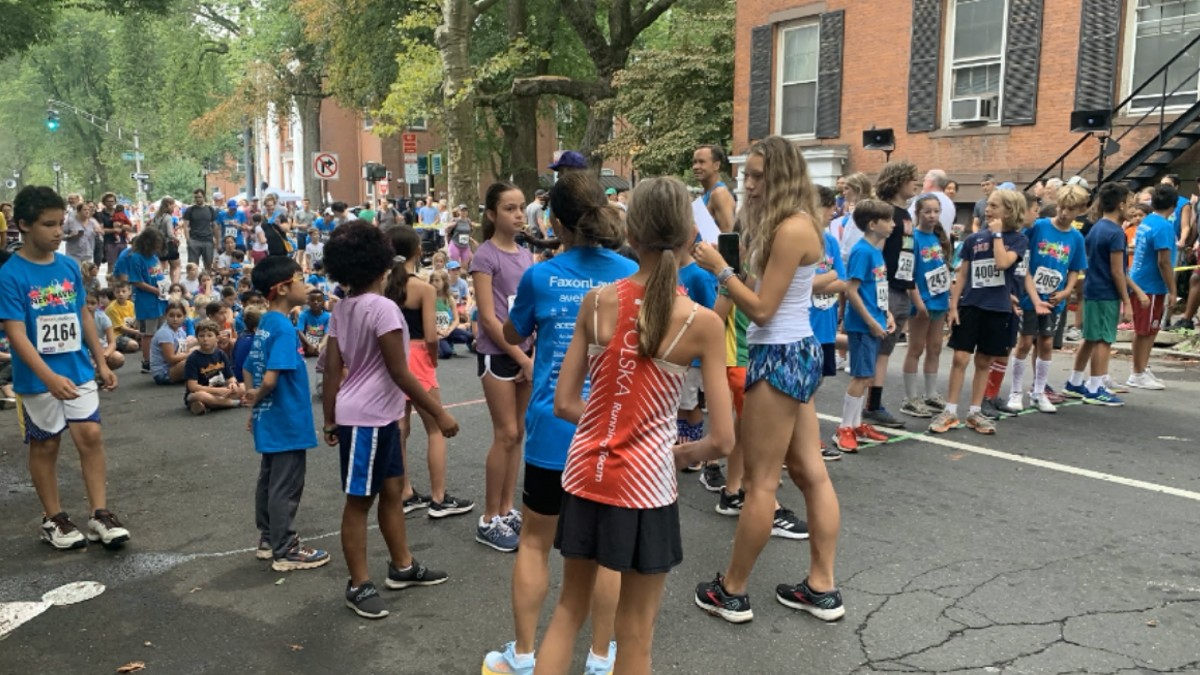The Connecticut Freedom Trail highlights more than 130 sites in more than 50 of Connecticut’s towns that are notable places in black history.
One of the sites is John Treadwell Norton’s house on Mountain Spring Road in Farmington.
“He was a very staunch abolitionist along with Samuel Deming, Austin Williams and Horace Cowles. They actually, those four men, started the Connecticut Anti-Slavery Society,” said Portia Corbett, the president of the Farmington Historical Society.
When the people who were on board the Amistad were freed through a supreme court decision in 1841, they stayed in Farmington for eight months and raised money at Norton’s house to return home to Africa, according to Corbett.
“For them to be accepted by people of the town was a very loving circumstance for them to be in. It was actually told when they left on the canal boat, which is now Garden Street, when they left on the boat, all the citizens of Farmington went to say good bye to them and many people were crying that they were leaving because they had developed these relationships,” Corbett said.
Another stop on the trail is Elijah Lewis’ home on Mountain Spring Road in Farmington.
Local
“This was a place that hid captives while they were moving their way north,” said Todd Levine, the architectural historian for the State of Connecticut and coordinator for the Connecticut Freedom Trail.
Farmington was a big hub for the underground railroad. It is believed that Lewis was a conductor and would help move runaway slaves through Connecticut and head them north to Canada where slavery was already abolished.
“Early on, it was all Africans Americans helping other African Americans,” said Levine. “Ninety percent of the folks that traveled the underground railroad were single young men. It was very difficult for families to make their way north.”
There are other places in Connecticut that enslaved people decided to stop and stay, instead of continuing their journey to Canada.
“In Bridgeport we have Little Liberia, which was an established neighborhood, an African American community, where people who were escaped slaves decided ‘hey, we’re going to stay here and make this our home.’ There’s another one, the Jail Hill community in Norwich and there’s a number of other ones throughout Connecticut, particularly in New Haven,” Levine said.
“Black history month gives us an opportunity to have a dialogue, to understand the black experience and understand obviously who they are, their culture their contributions, but also to make us more educated about the African American experience,” said Stephen Balkaran, an African American Studies instructor at Central Connecticut State University. “We are still in a very segregated society where we ignore the black experience and I think it’s time for us to really sit down and have a conversation about African Americans, our history, the great state of Connecticut and civil rights.”



